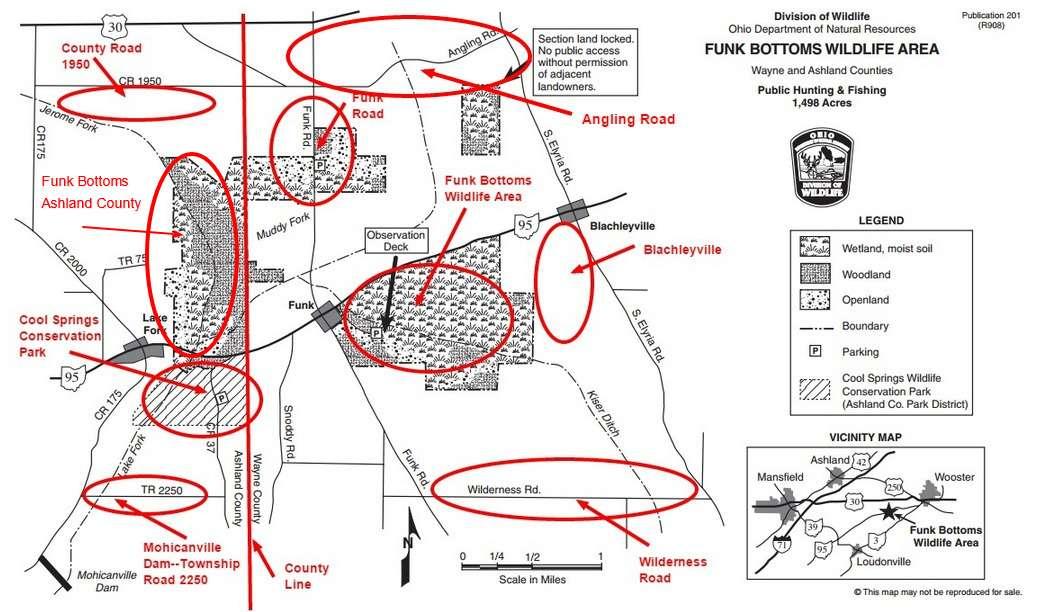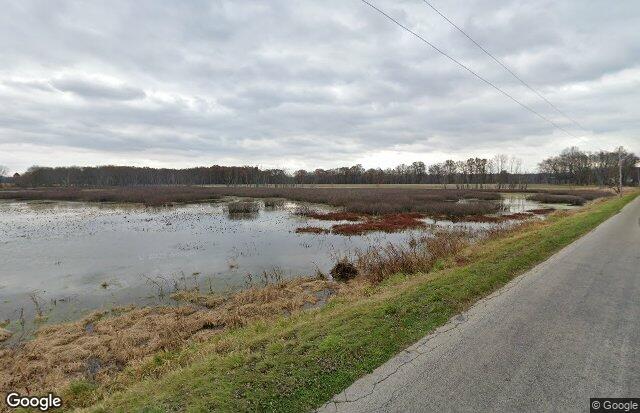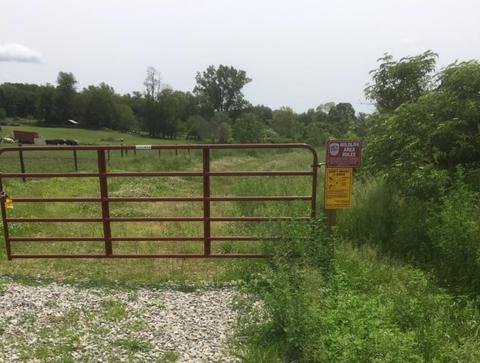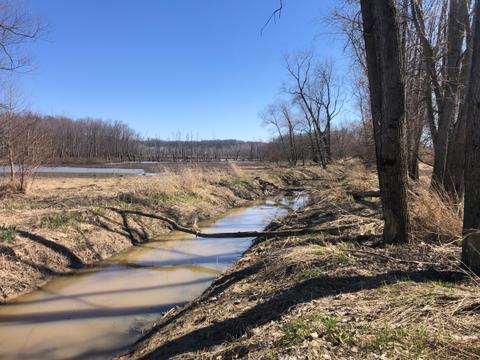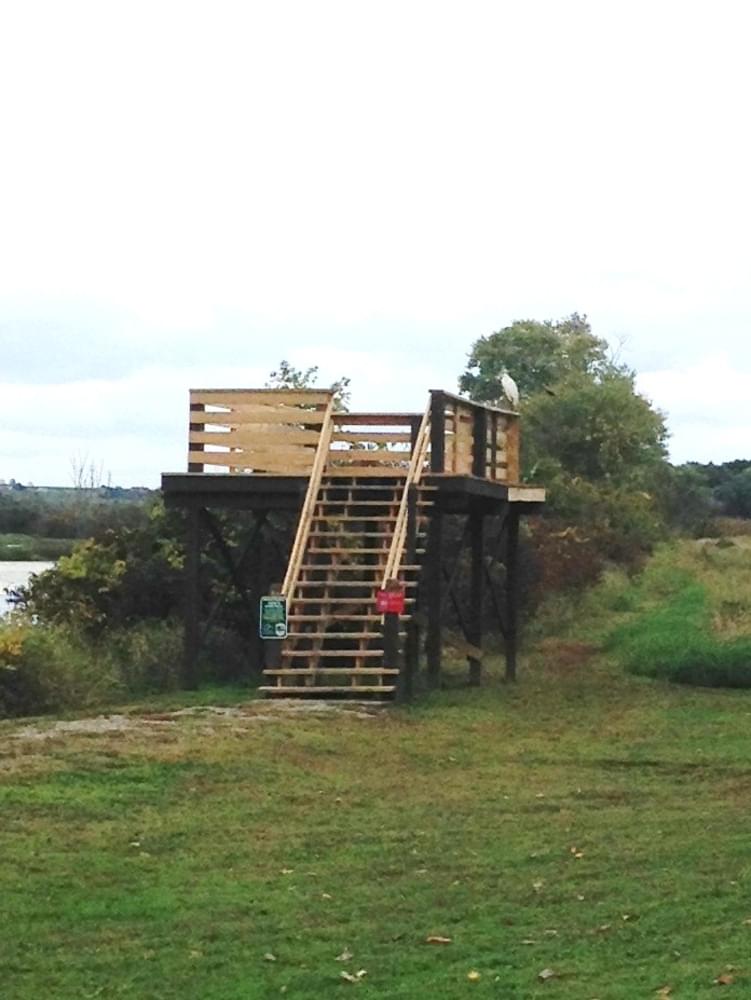
Funk Bottoms Wildlife Area
Funk Bottoms Wildlife Area
Blachleyville Road Wooster, Ohio 44691
Official WebsiteFunk Bottoms Wildlife Area map
Tips for Birding
If you carefully keep your bird records by county, be sure to use the specific hotspots in this wildlife area so that the birds will be assigned to the proper county.
Funk Bottoms Wildlife Area is made up of nearly 2000 acres, starting in Wayne County and continuing west into Ashland County. Most of the property is lowland and is easily flooded.
Three Ohio Birding Drives give turn-by-turn directions for exploring Funk Bottoms and nearby areas.
Funk Bottoms Birding Drive
Killbuck Marsh to Funk Bottoms Birding Drive
Wayne County Shorebird Drive
Open all year during daylight hours.
Park at the wildlife observation platform off OH-95 just east of the Village of Funk, or at a few pull-offs along OH-95 and along Funk Road.
This area is located near the Village of Funk. From Wooster, take OH-3 south. Turn right onto OH-95. Turn left onto a dirt road just before the Village of Funk to reach the wildlife observation platform (look for the sign).
Observe all posted signs and stay off private property. Some of the state-owned land is landlocked, with no public access. Good birding at the Funk Bottoms Wildlife Area is highly dependent on water levels.
From the State Highway Patrol regarding shorebird watching along OH-95: “Please park on pull-offs or completely off the paved road in level gravel areas on the south side of the road, roadside parking on the north side is prohibited.”
Birds of Interest
Winter
Rough-legged Hawks and Northern Harriers. Short-eared Owls, Snow Buntings, and Lapland Longspurs are found some winters.
Spring
Waterfowl and shorebirds. Watch for Sandhill Cranes.
Summer
Sandhill Cranes are among the bird species that nest here.
Fall
Large flocks of swallows and blackbirds stage here. Watch utility wires for Eastern Kingbirds and American Kestrels. Also, look and listen for Sandhill Cranes. Good birding at Funk Bottoms is highly dependent on water levels and during most fall seasons, there is not enough water to attract the large numbers of shorebirds and waterfowl that show up here in the spring.
About this Location
This 1,498-acre wildlife area in northeastern Ohio is in portions of Wayne and Ashland counties. OH-95, running east-west, goes through the middle of the area, from Blachleyville (east), through Funk and Lake Fork (west). The area lies in the glaciated central hills region of Ohio, with flat to moderately rolling topography. The vast majority of the wildlife area consists of seasonally flooded moist soil meadows and bottomland hardwoods.
Purchase of land for Funk Bottoms Wildlife Area began in 1991. Additional land is being acquired as funds become available, and as landowners are willing to sell. The present acquisition plan is limited to property within the Muskingum Watershed Conservancy District (MWCD) flood easement. The Mohicanville “Dry” Dam was built in 1936, primarily for flood control. All land behind the dam, below an elevation of 963 feet, is under flood easement to the U.S. Army Corps of Engineers. This totals over 8,800 acres. The Division of Wildlife is acquiring land in this area because of the quality wetland habitat and associated wildlife species that are found here. This wildlife area is managed as a public use facility and features moist soil and shallow water habitat. The land is allowed to return to its natural wetland condition, with the approval of the appropriate agencies.
The creeks and permanent marshes on the area support mainly rough fish with small numbers of panfish.
Mallard, wood duck, muskrat, raccoon, and cottontail rabbit are the principal game and furbearer species. Deer, pheasant, woodchuck, fox squirrel, Canada goose, and other furbearers are common.
A great variety of nesting and migrant birds occur in the area. Of particular interest is the spring migration of waterfowl (23 species, including Tundra swans) and shorebirds (28 species). Several species of raptors can be found during migrations and overwintering. Bald eagles have been observed on the wildlife area.
Nesting of the state endangered Sandhill Crane on the purchase unit was confirmed in 1988; this was the first recorded Ohio nesting of this species in more than 60 years. Sandhill nests have been confirmed here several times since. Sandhill cranes are a wetland-dependent species.
Features
Restrooms on site
Content from Official Website and Ohio Ornithological Society
Last updated April 1, 2024
